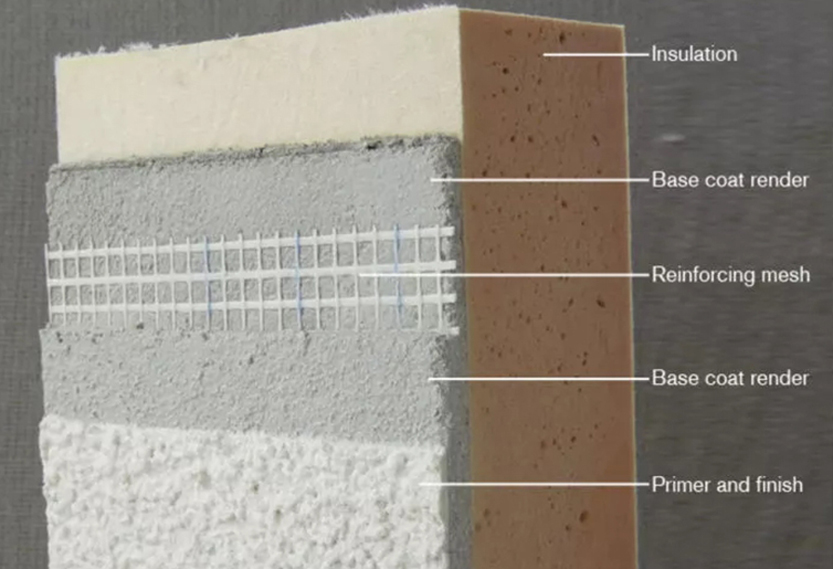
okt . 09, 2024 15:22 Back to list
hpmc solution
Exploring HPMC Solutions A Versatile Approach in Industry
Hydroxypropyl Methylcellulose (HPMC) has gained remarkable recognition across various industries due to its versatility and unique properties. This cellulose derivative is a water-soluble polymer that originates from natural cellulose, a major component of plant cell walls. The modification of cellulose through hydroxypropyl and methyl groups provides HPMC with enhanced characteristics, making it a preferred choice in numerous applications, including pharmaceuticals, food production, construction, and personal care products.
Exploring HPMC Solutions A Versatile Approach in Industry
In the realm of food production, HPMC is utilized as a thickening agent, emulsifier, and stabilizer. Its non-toxic nature and ability to improve texture and mouthfeel make it an attractive option for food manufacturers. HPMC finds its way into various products such as sauces, dressings, and even gluten-free baked goods, providing the necessary viscosity and structure without altering flavor profiles. Additionally, as food safety regulations become increasingly stringent, HPMC serves as a cleaner label ingredient, appealing to health-conscious consumers.
hpmc solution

The construction industry also benefits significantly from HPMC solutions. In cement and mortar formulations, HPMC acts as a water-retaining agent, which helps improve workability and prolongs the open time of the mixtures. This is especially important in hot and dry conditions, where rapid evaporation can compromise material properties. By incorporating HPMC, construction materials achieve better adhesion, flexibility, and durability, resulting in higher quality end products.
Personal care products are another area where HPMC showcases its versatility. Frequently used in cosmetics, HPMC serves as a thickener and film-forming agent, lending a smooth texture to lotions, creams, and gels. Its compatibility with a wide range of ingredients makes it ideal for formulating various cosmetic products, ensuring stability and performance. Moreover, HPMC is often favored for its hypoallergenic properties, making it suitable for sensitive skin formulations.
Despite its numerous advantages, ongoing research continues to explore innovative applications of HPMC. For instance, its use in biodegradable materials and sustainable packaging reflects a growing trend towards eco-friendliness in product formulation. As industries shift towards sustainability, HPMC's natural roots and biodegradable properties position it as a vital component in the development of greener alternatives.
In conclusion, HPMC solutions have established themselves as indispensable across multiple sectors. Its remarkable versatility, safety profile, and performance attributes make it a sought-after ingredient for a wide array of applications. As technological advancements and consumer preferences evolve, the role of HPMC is likely to expand further, paving the way for new and exciting developments. Companies that harness the potential of HPMC solutions not only enhance their product offerings but also contribute to a more sustainable and health-conscious future. The exploration of HPMC continues to be a promising field, illustrating the vital intersection of science, industry, and consumer needs.
-
Versatile Hpmc Uses in Different Industries
NewsJun.19,2025
-
Redispersible Powder's Role in Enhancing Durability of Construction Products
NewsJun.19,2025
-
Hydroxyethyl Cellulose Applications Driving Green Industrial Processes
NewsJun.19,2025
-
Exploring Different Redispersible Polymer Powder
NewsJun.19,2025
-
Choosing the Right Mortar Bonding Agent
NewsJun.19,2025
-
Applications and Significance of China Hpmc in Modern Industries
NewsJun.19,2025







